Unlocking your full creative potential is about more than just thinking outside the box—it’s about embracing new perspectives, challenging yourself, and finding inspiration in unexpected places. Whether you’re an artist, writer, or anyone looking to boost creativity, these strategies will help you tap into your inner genius and explore the depths of your imagination. Ready to unleash your creative power? Let’s dive in!
Embrace Curiosity
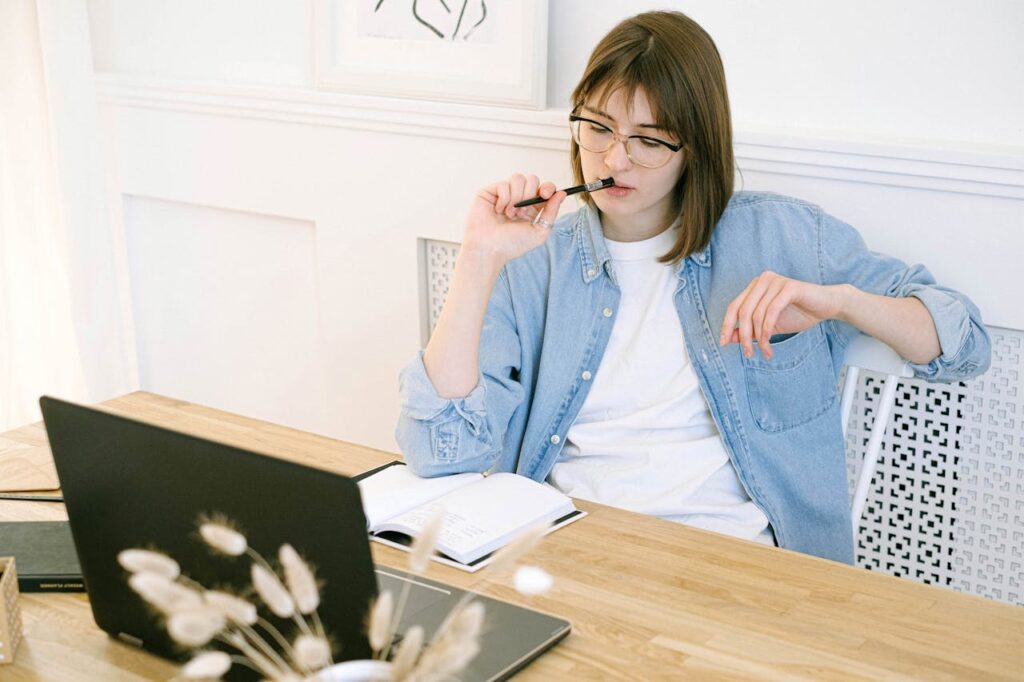
Curiosity is the foundation of creativity. By staying curious, you open yourself to new ideas, experiences, and perspectives. This openness allows you to connect seemingly unrelated concepts, sparking innovative thoughts. Nurturing your curiosity can lead to exploring new hobbies, diving into different cultures, or simply asking more questions, all of which feed your creative mind and help it grow.
Practice Mindfulness
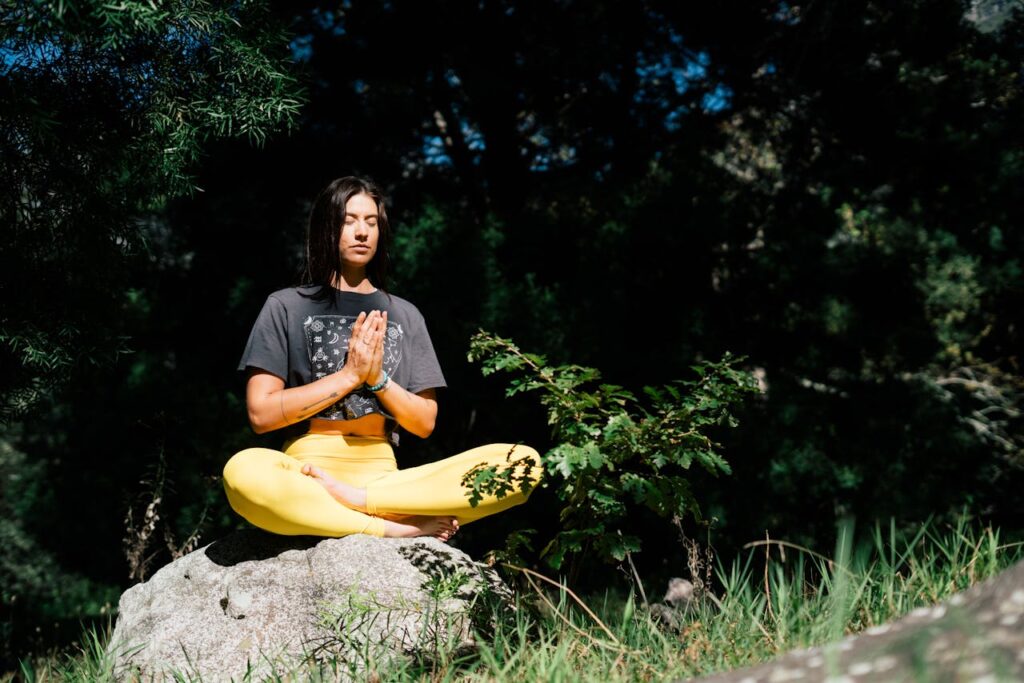
Mindfulness involves being fully present and engaged in the moment, which can significantly enhance your creative abilities. By clearing your mind of distractions and focusing on the task at hand, you allow your brain to make connections it might otherwise miss. Regular mindfulness practice, such as meditation or deep breathing, can reduce stress, enhance concentration, and create mental space for creativity to flourish.
Experiment with Different Mediums
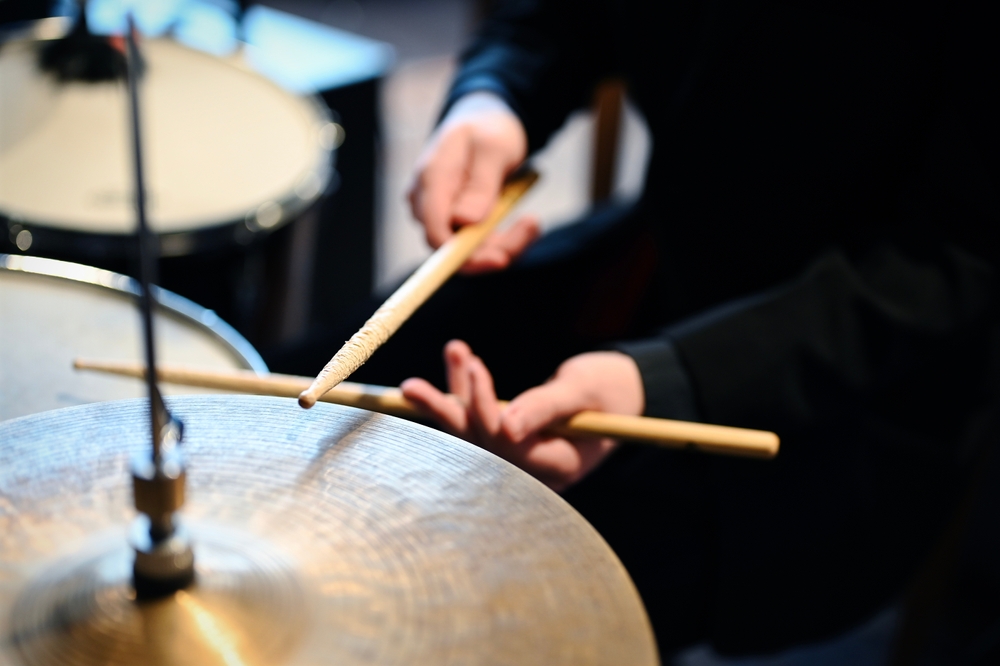
Trying out different creative mediums—like painting, writing, or music—can unlock new ways of thinking. Each medium has its own set of rules and challenges, which forces your brain to approach problems from new angles. This cross-pollination of skills often leads to breakthroughs in your primary field of creativity, as the diverse experiences enrich your problem-solving toolkit.
Set Aside Time for Daydreaming

Daydreaming isn’t just a way to pass the time; it’s a powerful tool for creativity. When your mind wanders, it’s free to explore ideas without the constraints of logic or practicality. Setting aside time each day to daydream can lead to spontaneous ideas and creative solutions that might not emerge through focused effort alone.
Engage in Regular Physical Exercise

Exercise isn’t just good for your body; it’s also beneficial for your brain. Regular physical activity increases blood flow to the brain, boosts mood, and enhances cognitive function. Activities like jogging, yoga, or even a brisk walk can clear your mind and stimulate creative thinking by releasing endorphins and reducing stress.
Surround Yourself with Inspiration

Your environment plays a crucial role in your creativity. Surround yourself with things that inspire you, whether it’s art, books, nature, or even certain colors and designs. A stimulating environment can trigger ideas and provide the mental energy needed to explore new creative directions.
Collaborate with Others
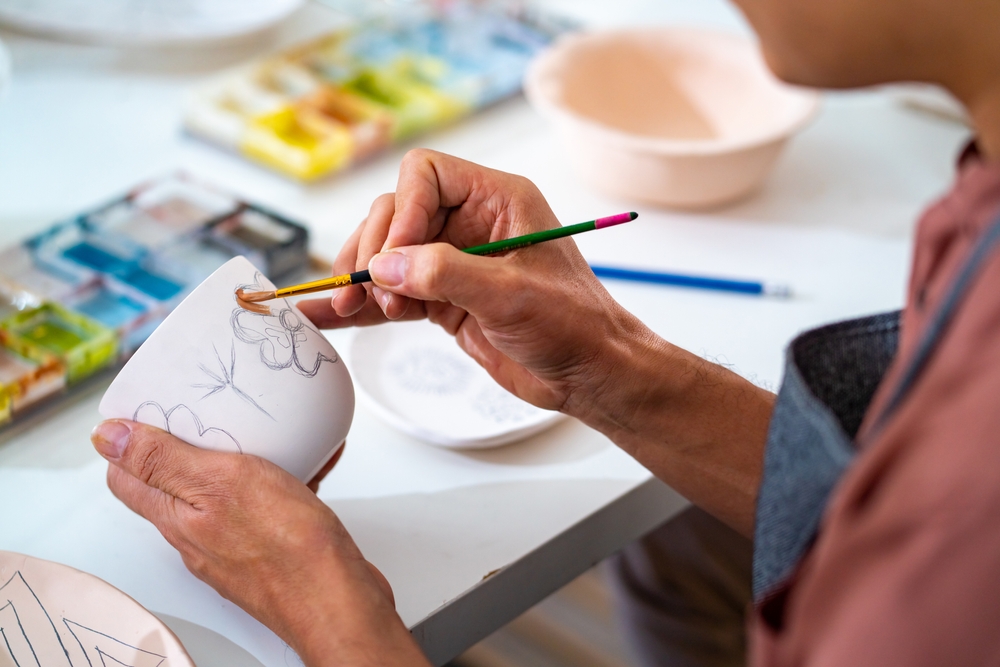
Collaboration can open up new creative possibilities by combining different perspectives and skill sets. Working with others allows you to bounce ideas off one another, challenge your assumptions, and come up with solutions you might not have considered alone. It’s an effective way to expand your creative potential through shared experiences and collective brainstorming.
Limit Your Options
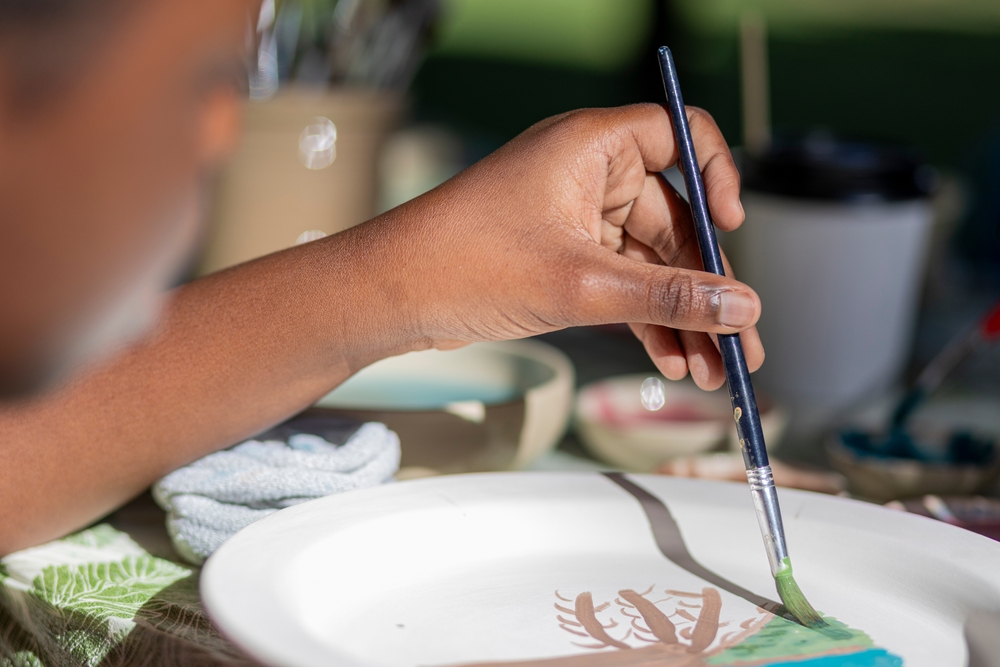
Sometimes, having too many choices can be overwhelming and stifle creativity. By limiting your options, you force yourself to think more creatively within the given constraints. This can lead to more innovative solutions as you push the boundaries of what’s possible with fewer resources.
Take Breaks and Unplug

Constantly working without breaks can lead to burnout and diminished creativity. Taking regular breaks allows your mind to rest and recharge. Unplugging from technology during these breaks can further enhance your creativity by giving your brain a chance to process information subconsciously, often leading to sudden insights and ideas.
Travel and Explore New Places

Traveling exposes you to new cultures, environments, and ways of thinking, all of which can fuel your creativity. Experiencing new places stimulates your senses and can lead to a fresh perspective on your creative challenges. Whether it’s a short trip to a nearby town or a journey to a different country, travel broadens your horizons and enriches your creative process.
Keep a Journal
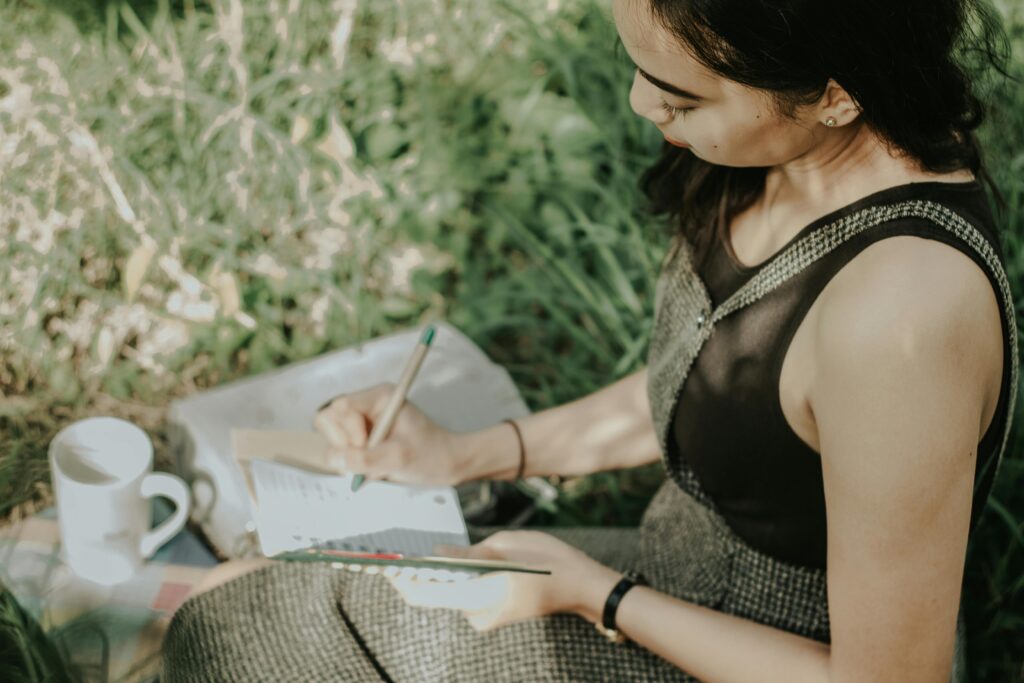
Journaling is a powerful tool for organizing your thoughts and sparking creativity. By writing down your ideas, experiences, and reflections, you create a repository of inspiration to draw from. Journals also help you track your creative progress, identify patterns in your thinking, and refine your ideas over time.
Embrace Failure as Part of the Process

Failure is an inevitable part of the creative process, and embracing it can lead to significant growth. When you view failure as a learning opportunity rather than a setback, you open yourself up to experimentation and risk-taking, both of which are essential for creativity. Analyzing what went wrong and how you can improve fosters resilience and encourages creative breakthroughs.
Set Creative Goals

Setting specific creative goals gives you a clear direction and purpose, which can motivate you to push your creative boundaries. Whether it’s completing a project, learning a new skill, or simply experimenting with new ideas, having goals keeps you focused and driven. Goals provide a framework within which your creativity can flourish, helping you measure progress and celebrate achievements.
Cultivate a Routine

While creativity thrives on spontaneity, having a routine can actually enhance your creative output. A routine provides structure and discipline, ensuring that you make time for creative activities regularly. By dedicating specific times of the day to creative work, you train your mind to enter a creative state more easily and consistently.
Challenge Your Assumptions

Assumptions can limit your creative potential by narrowing your perspective. By actively challenging your assumptions, you force yourself to consider alternative viewpoints and solutions. This practice opens up new avenues for creativity, as you’re no longer confined by preconceived notions or habitual ways of thinking.
Read Widely and Diversely

Reading a variety of genres, subjects, and perspectives broadens your knowledge and stimulates creativity. Exposure to different ideas and writing styles can inspire new ways of thinking and generate fresh ideas. Whether it’s fiction, non-fiction, or poetry, diverse reading material enriches your mental library, providing a wealth of resources to draw from in your creative endeavors.
Use Creative Prompts
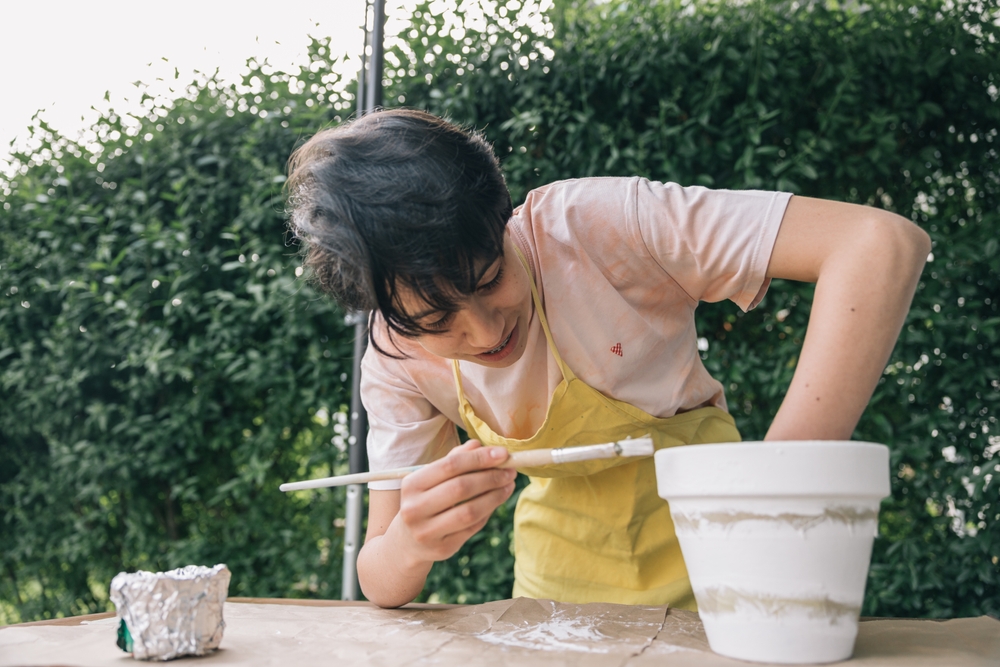
Creative prompts are a great way to jumpstart your imagination. Whether it’s a writing prompt, a visual art challenge, or a brainstorming exercise, prompts push you to think in new ways. They provide a starting point that can lead to unexpected ideas and creative solutions, making them a valuable tool for overcoming creative blocks.
Incorporate Play into Your Routine
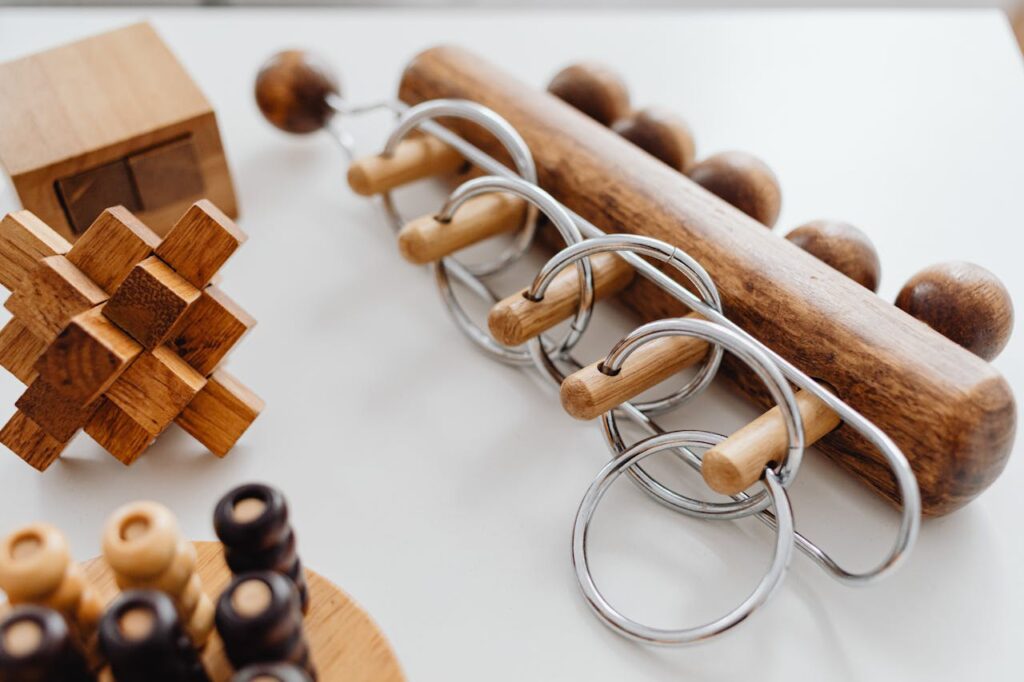
Play isn’t just for kids—it’s a powerful way to stimulate creativity. Engaging in playful activities, whether it’s through games, puzzles, or improvisation, allows you to explore ideas in a low-pressure environment. Play encourages experimentation, spontaneity, and a sense of fun, all of which are essential for unlocking creative potential.
Get Enough Sleep

Sleep is critical for cognitive function and creativity. During sleep, your brain processes and organizes information, which can lead to creative insights. Ensuring you get enough rest not only improves your overall health but also enhances your ability to think creatively. Prioritizing sleep helps maintain mental clarity and boosts your creative energy.
Practice Free Writing
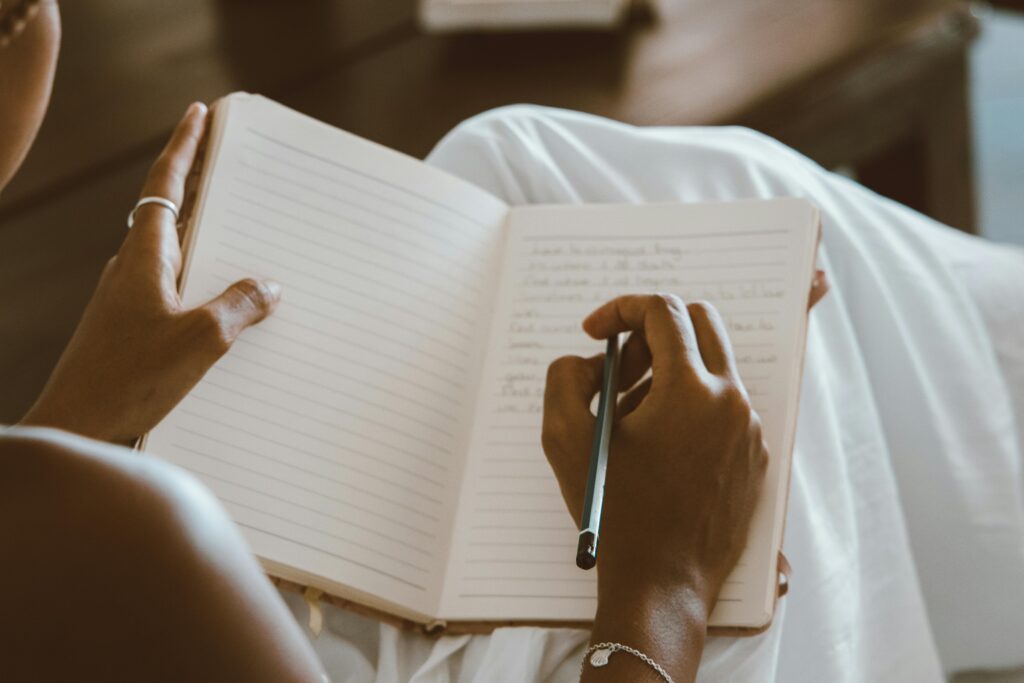
Free writing involves writing continuously without worrying about grammar, structure, or content. This unfiltered approach allows your thoughts to flow freely, often leading to surprising and creative ideas. Free writing helps you bypass self-censorship and tap into your subconscious mind, making it a valuable practice for generating raw, creative material.
Listen to Music

Music has a profound impact on the brain and can greatly enhance creativity. Listening to different genres of music can evoke emotions, trigger memories, and inspire new ideas. Whether you use music as background noise while you work or as a source of direct inspiration, it can help you access deeper layers of your creativity.
Engage in Creative Cross-Training

Creative cross-training involves engaging in multiple forms of creative expression. By practicing different arts—like writing, painting, and playing an instrument—you develop a more versatile creative skill set. This cross-disciplinary approach fosters innovation, as skills and ideas from one area often enhance your work in another, leading to more holistic creative development.
Reflect on Your Creative Journey
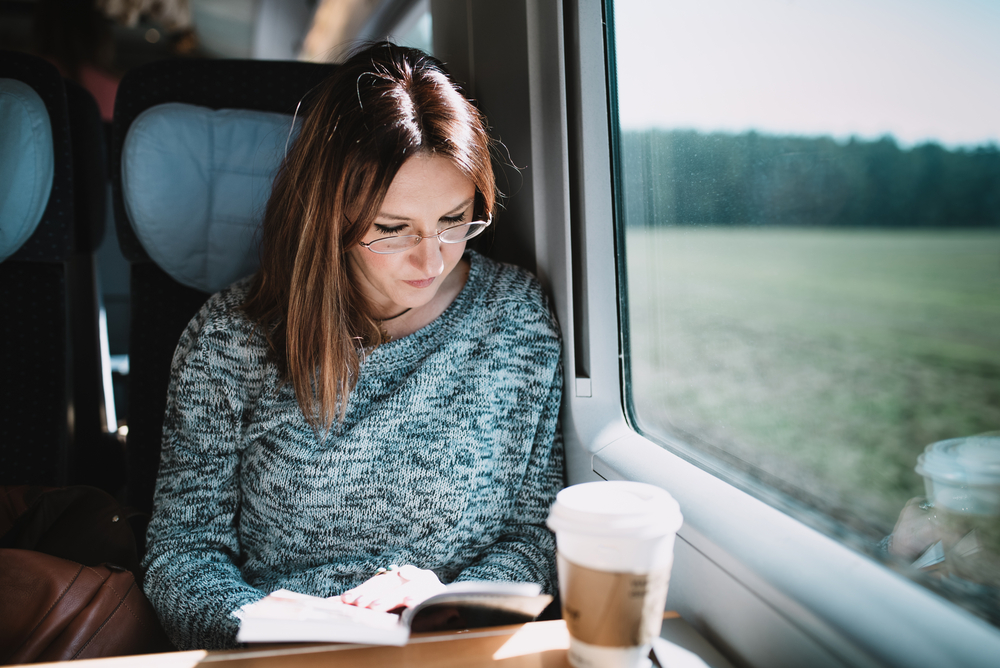
Regular reflection on your creative process allows you to assess your growth, identify strengths and weaknesses, and plan for future projects. Reflecting helps you understand what drives your creativity and how you can nurture it further. By taking time to review your achievements and challenges, you gain valuable insights that can guide your ongoing creative development.
This article originally appeared on UnifyCosmos.
More from UnifyCosmos
24 Go-To Ingredients to Keep in Your Kitchen at All Times

In this article, we’ll explore the must-have ingredients that every kitchen should have, ensuring you’re always ready to whip up something tasty. Read more!
23 Essential Home Repairs Singles Shouldn’t Ignore

In this article, we will highlight essential home repairs that individuals living alone should not ignore to ensure their safety, comfort, and the longevity of their home. Read more!
18 Creative Ways to Incorporate Exercise into a Busy Schedule

Incorporating small bursts of activity throughout the day can add up to a full workout. With a little creativity, staying active becomes much more manageable. Read more!
Leave a Reply